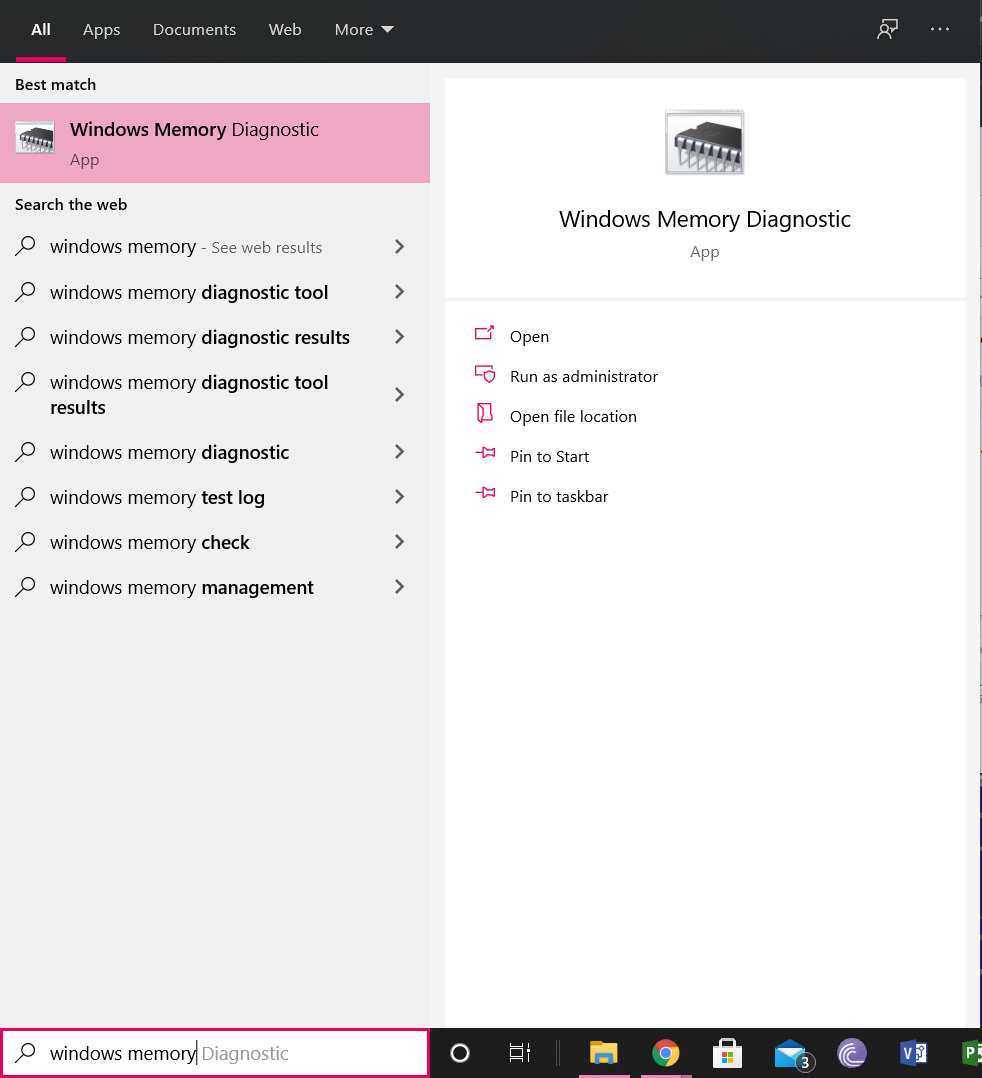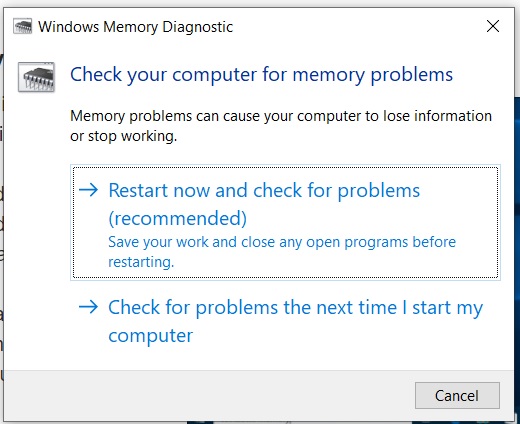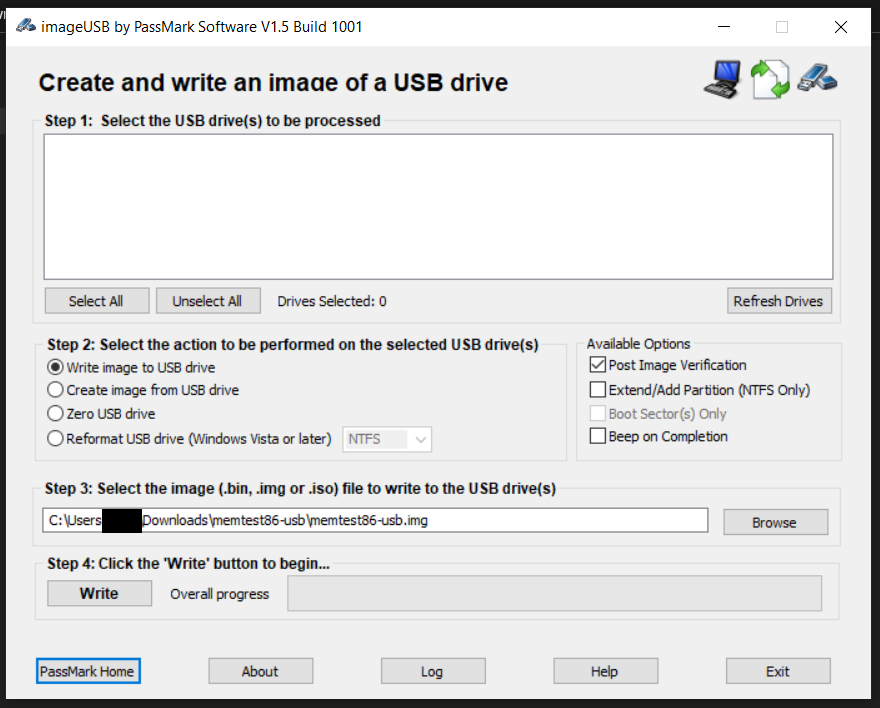If you start experiencing the dreaded Blue Screen of Death, that can be a telltale sign of an improperly functioning RAM module in your PC device. Blue Screens of Death intrinsically come forward when your computer is unable to facilitate the memory space required to perform requested operations. They incur a crash freeze and cause your system to restart in an attempt to shut down nonessential functions and restart safely with the optimum ones. Having an occasional Blue Screen of Death may be a result of an isolated one-time disruption which may not necessarily be due to an unstable RAM module. Recurring such events and ones recurring with a greater frequency as time goes on are almost always due to unstable RAM modules that need attention and maintenance. To test your RAM, both after an event that causes you to believe that your RAM may need some fixing and tuning or as a preventive measure ahead of such a crash occurring, you can use either the inbuilt Windows Memory Diagnostic Tool or a popular (and recommended) software: Passmark Memtest 86. If you have more than one RAM installed, run the following tests for each memory module separately.
Step-By-Step Guide For Checking Your RAM On Your Windows PC
Checking Your RAM (Reactive & Preventive): Windows Memory Diagnostic Tool
To use the RAM troubleshooting inbuilt functionality on your Windows PC, you will need to carry out the following steps.
Checking Your RAM (Reactive & Preventive): Passmark Memtest 86
To check your RAM’s health status and troubleshoot for any errors using the Passmark Memtest 86 freeware tool, you will need to:
Next Steps: What Do I Do Now?
Depending upon the result of your diagnostic tests, you will now know if there are any errors in your RAM module. If the test didn’t encounter any errors, then your RAM module is functioning perfectly fine and if there was a performance issue on your computer that led you to suspect your RAM as faulty, then it’s likely due to something else and you need to gear your efforts in another direction. If your results indicate that you do indeed have a faulty or erroneous RAM, the solution for this is to purchase a new RAM and replace your old memory module with it. The damage to memory modules is of the kind that denatures them and so replacing your memory module is the only way to correct such defects. Most RAM modules these days come with a lifetime warranty. You may send yours in for a replacement in case of a denature RAM defect. If the RAM is still causing issues and there are no hardware defects, take a look at its XMP profile, clocking, and frequency to ensure that it is running at an optimized clocking setting. Overclocking your RAM can sometimes better optimize it and reduce some of the lag related issues you may face. Sometimes, underclocking it can be the solution as well, especially if the RAM truly has denatured and you are trying to mitigate and stabilize the performance for the time being. The issue faced is likely to pop up again soon due to the permanent nature of the damage but the underclocking can temporarily resolve your issue.
Final Thoughts
If your PC starts to experience the blue screen of death or its performance starts to lag or freeze, there is a high chance that your RAM is not operating to the capacity and level of stability that it should. To diagnose whether your RAM is facing any errors or has denatured, you can run the Windows Memory Diagnostic Tool or the Passmark Memtest 86 to check for problems. Once the results come in, if your RAM appears to have an error, if that error is not clock related (as explained in the post-test report that pops up on your screen), you will need to buy a new RAM module and replace your old one with it. Until then, you can try underclocking your RAM to make your system temporarily usable. If the diagnostic shows no errors or an error that is clocking related, you should check your RAM’s clock and frequency values and overclock it to optimize its performance. If that doesn’t resolve your issue, then the issue you are trying to diagnose on your PC may be due to a fault in another computer component and your RAM may not be the culprit.
How To Assess Your Battery’s Health On Windows 10How To Use SAPPHIRE TriXX 7.5.0 To Overclock Your SAPPHIRE GPUs & Optimiz Fan…How to Hide the Device Performance and Health Area in Windows 10?How to Change and Improve the Fan Curve of your Over-Heating GPU: The Safe and…


